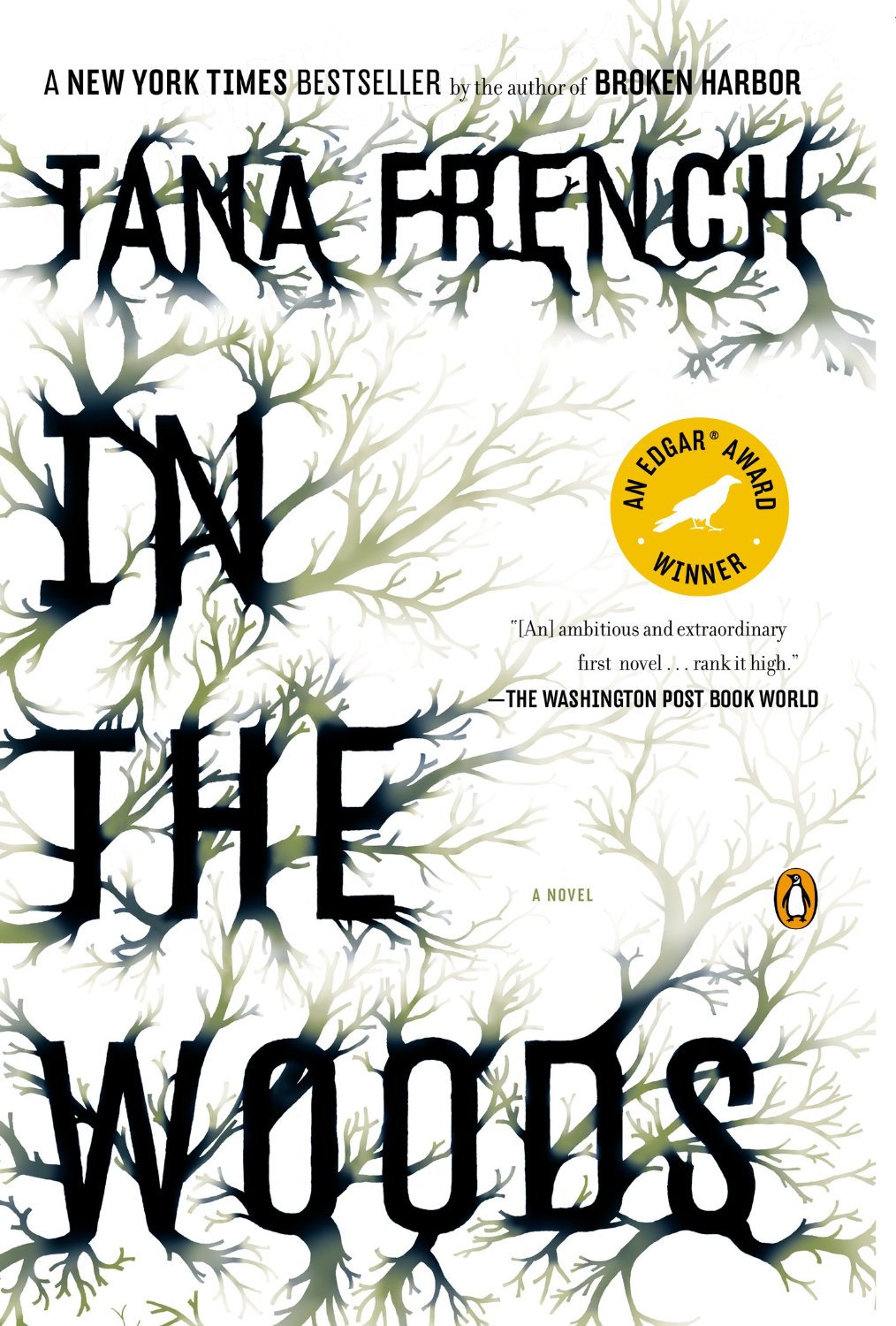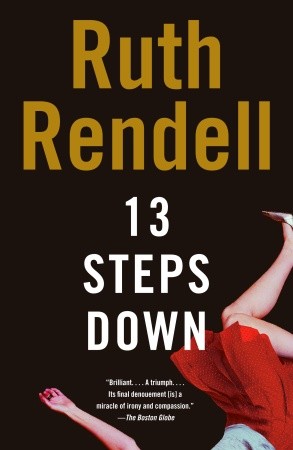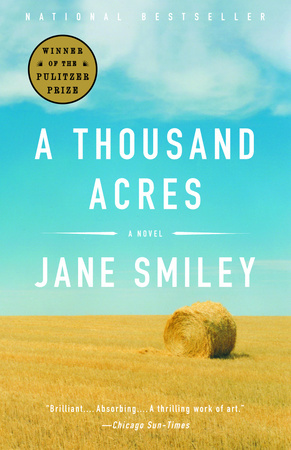Gillian Flynn’s Gone Girl — first a novel, now a buzzy movie starring Ben Affleck, in theaters Oct. 3 — is not easy to describe: You’ll start with, “It’s about a husband whose wife goes missing,” and end up with, “It’s an acid-tongued exploration of modern American intimacy, and the fictions we create between one another to support that.” Part thriller, part meta-thriller and part domestic drama, Gone Girl is hard to shake — even after you’ve resolved its many mysteries.
Flynn’s got two other novels under her belt — both worthy works — but neither that are anything near her breakthrough. For that, we recommend these:
Tana French, In the Woods

French’s universe of related murder mysteries, all set in Dublin, first appeared between the pages of 2007’s In the Woods, about two different murders in the same place, two decades apart. The story’s solution should be simple, or something like obvious: One of the detectives investigating the new case is also the only surviving witness to the first murder, 20 years before. But everything is tangled together, and French, like Flynn, has a gift for luring readers into the dark while chasing for the truth.
Ruth Rendell, 13 Steps Down

Rendell has been writing novels for more than 40 years with an unflagging psychological acuity and a serpent’s sense of the dark humor to be mined beneath society’s façades. In 13 Steps Down, Rendell sets a socially isolated and violent young man against his equally isolated and nosy old landlady. What unites them — and haunts them — are the ghosts of the men and women who they worship to the brink and beyond.
Agatha Christie, And Then There Were None

Perhaps Christie’s most acclaimed mystery, And Then There Were None is as tick-tock precise as a Rube Goldberg machine. It gathers 10 mysterious strangers on an island before, one by one, they are just as mysteriously murdered. Christie has never been bloodthirstier, or more righteous.
Claire Messud, The Woman Upstairs

The most famous passage in Flynn’s Gone Girl explains its main character’s disdain for “cool girls,” those women who appear endlessly appealing and appeasing by going along with whatever the men are doing and saying. It’s a passage that’s nothing less than savage in its truth-telling. Messud’s The Woman Upstairs extends it for more than 300 pages. Starring 42-year-old teacher Nora Eldridge, the novel is no conventional thriller. But it swallows Gone Girls’ gender-minded anger and wit like a spark, roaring back out a flame.
Jane Smiley, A Thousand Acres

Smiley’s Pulitzer Prize-winning 1991 work is a modernization of Shakespeare’s tragedy King Lear, transposed from an ancient kingdom to a sprawling Midwestern farm and now told from the perspective of the daughters instead of their elderly father. It’s as tricky and satisfying as Gone Girl, and it’s talking about many of the same things in the same way, like the unknowability of the love between two people. Like Flynn, Smiley builds huge twists on years of small lies and silence. The result is a literal revelation: Every detail of the classic story startles anew.
Maria Semple, Where’d You Go, Bernadette?

The epistolary hit of 2012, Semple’s Where’d You Go, Bernadette? seems as light as Gone Girl is dark — a fond tweak of West Coast neuroses. But that’s not all: As the book traces a daughter’s search for her mother, Semple draws us in deeper to the frighteningly large risks and rewards of motherhood, marriage and — best of all — storytelling.
More Must-Reads from TIME
- Why Biden Dropped Out
- Ukraine’s Plan to Survive Trump
- The Rise of a New Kind of Parenting Guru
- The Chaos and Commotion of the RNC in Photos
- Why We All Have a Stake in Twisters’ Success
- 8 Eating Habits That Actually Improve Your Sleep
- Welcome to the Noah Lyles Olympics
- Get Our Paris Olympics Newsletter in Your Inbox
Contact us at letters@time.com